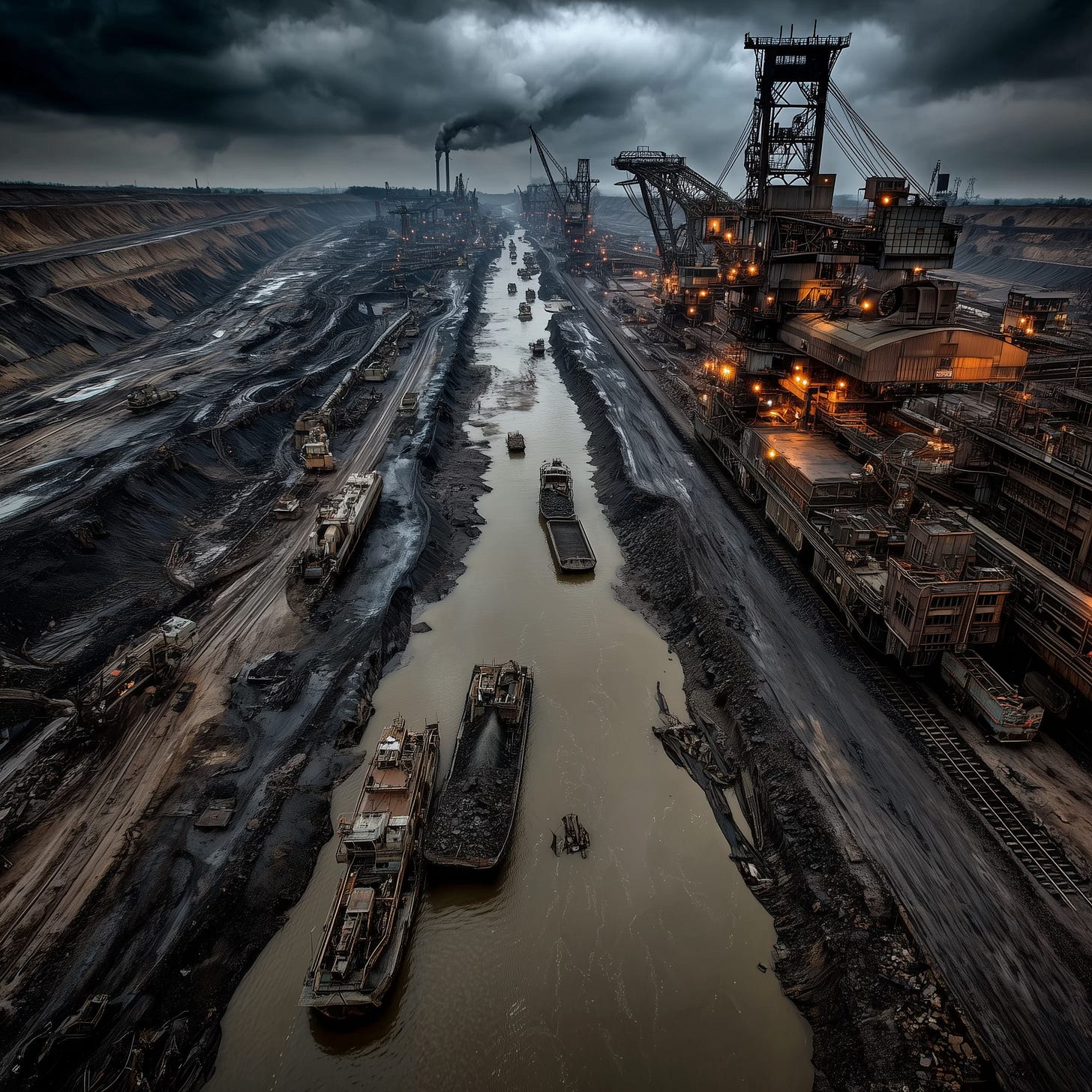Prairie as Verb
Reclaimed Industrial Grasslands Speaking Through Rust
The Ruhr Valley in Germany was once Europe’s coal heart, its landscape a geometry of pit towers and blast furnaces stretching across what had been farmland for centuries before industrialization claimed it.
Now, twenty years after the last mine closed, something unexpected grows between the abandoned conveyor systems and rusting headframes. Not the careful restoration that bureaucrats planned, but wild grassland that seeds itself in slag heaps and pushes through railway ties, creating prairies that exist nowhere in nature because they carry industrial memory in their soil.
These accidental grasslands spread across the world’s rust belts with a consistency that suggests intention. Detroit’s Packard Plant, once the cathedral of American automotive manufacturing, now hosts thirty-seven species of native grasses that hadn’t grown in that soil for over a century.
The Carrie Blast Furnaces outside Pittsburgh support meadows on their viewing platforms where molten steel once poured. In Manchester’s Ancoats district, buddleia and willowherb transform former cotton mills into vertical prairies, their roots breaking apart brick the way they once broke apart bedrock.
Keep reading with a 7-day free trial
Subscribe to David Boles: Prairie Voice to keep reading this post and get 7 days of free access to the full post archives.


